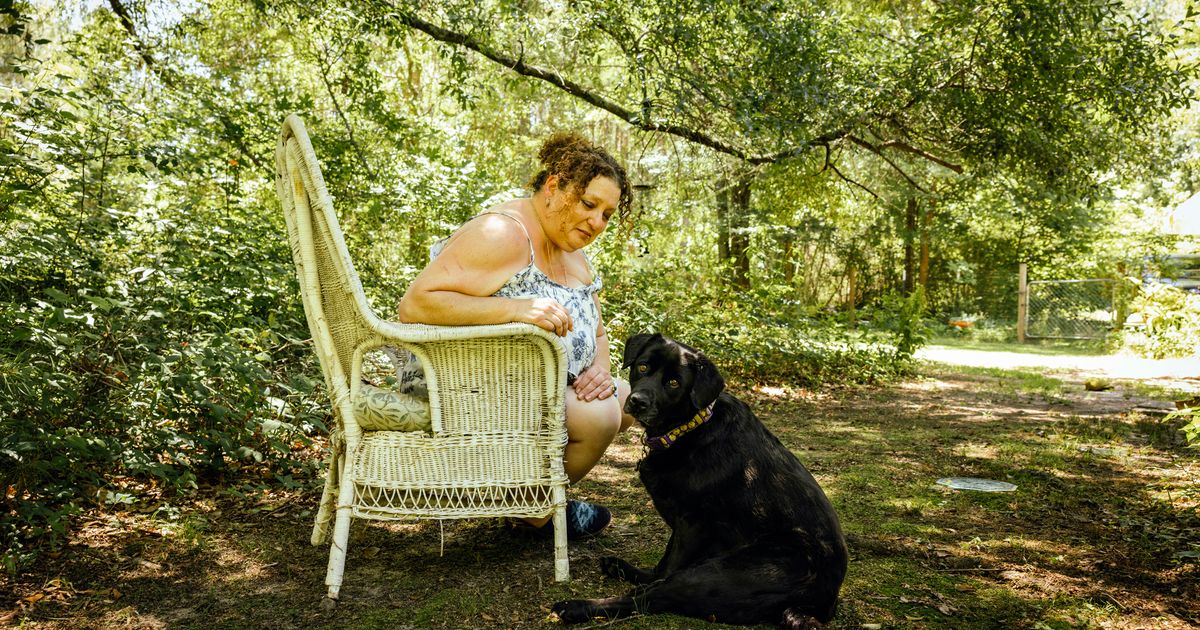Heather Massey brought Ladybird to the veterinarian when the 9-year-old mutt began having seizures. A scan from an MRI machine revealed bad news: brain cancer. With the prognosis grim, Massey decided against further treatment at the animal hospital near her home in Athens, Georgia, and Ladybird died four months later.
The MRI scan and related care had cost nearly $2,000, which Massey put on a specialty credit card she had learned about at a previous vet visit. That was in 2018. She is still paying off the debt, with more than 30% interest.

“Could I afford to do that? Not really,” said Massey, 52, who is disabled and does not work. “Was it worth it to me? Yes.” Massey’s experience illustrates the expensive new realities of owning a pet.
For decades, veterinarians typically operated their own clinics, shepherding generations of pets from birth to death. They neutered, vaccinated and pulled thorns from paws and noses. When animals became seriously ill, vets often had little to offer beyond condolences and a humane death.
But in recent years, as people have grown more attached to their pets — and more willing to spend money on them — animal medicine has transformed into a big business that looks a lot like its human counterpart. Many veterinary offices have been replaced by hospitals outfitted with expensive MRI machines, sophisticated lab equipment and round-the-clock intensive care units. Dogs and cats often see highly trained specialists in neurology, cardiology .























